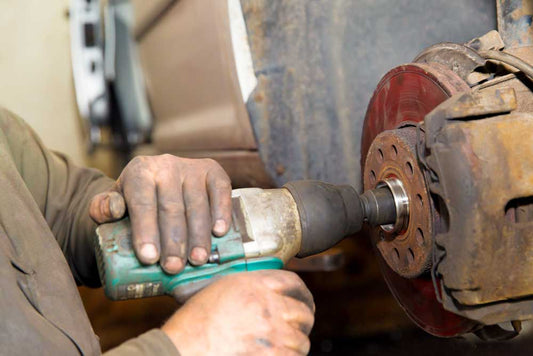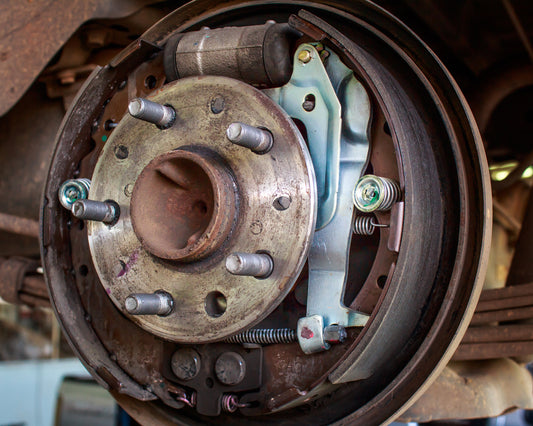Problem: Removing trapped air
Cause: Air bubbles have a tendency to "stick" to the various internal components. This trapped air can cause a low, spongy brake pedal.
Solution: Apply Pulse Generation to the hydraulic system during either pressure or RFI bleeding. Pulse generation works similar to tapping on a hydraulic component during bleeding with one big exception - Pulse Generation will produce the tapping effect throughout the system. Follow the steps below to perform Pulse Generation:
1. Adjust stroke setting to 2-3 ml to limit the maximum stroke. (as an option you can set the injector at its full dosage and manually short stroke the injector)
2. Use quick short injections. Inject 2-3 ml of fluid approximately two to four times per second. Inject a total of 10 to 15 short strokes. These quick short strokes create the pulsations which reduce the surface tension of the trapped air.
3. Inspect reservoir fluid level and empty as needed. Finish bleeding with a full injection stroke.
More Info: If you have ever tapped on a caliper or other brake component while bleeding then you understand what pulse generation is used for. Air bubbles like to stick to the internal parts of a brake system. Tapping the component is done to dislodge the air bubbles. Pulse Generation accomplishes the same thing except in a different way. Bleeders that allow pulse generation have to ability to change the pressure being applied very quickly which creates “pulses” in the system. These pulses break the air free and it is carried out through the bleeder (see Figures 77.1 to 77.3). When used in combination with pressure or RFI bleeding it is very effective in getting the air out.
 Figure 77.1
Figure 77.1  Figure 77.2
Figure 77.2 Figure 77.3
Figure 77.3



